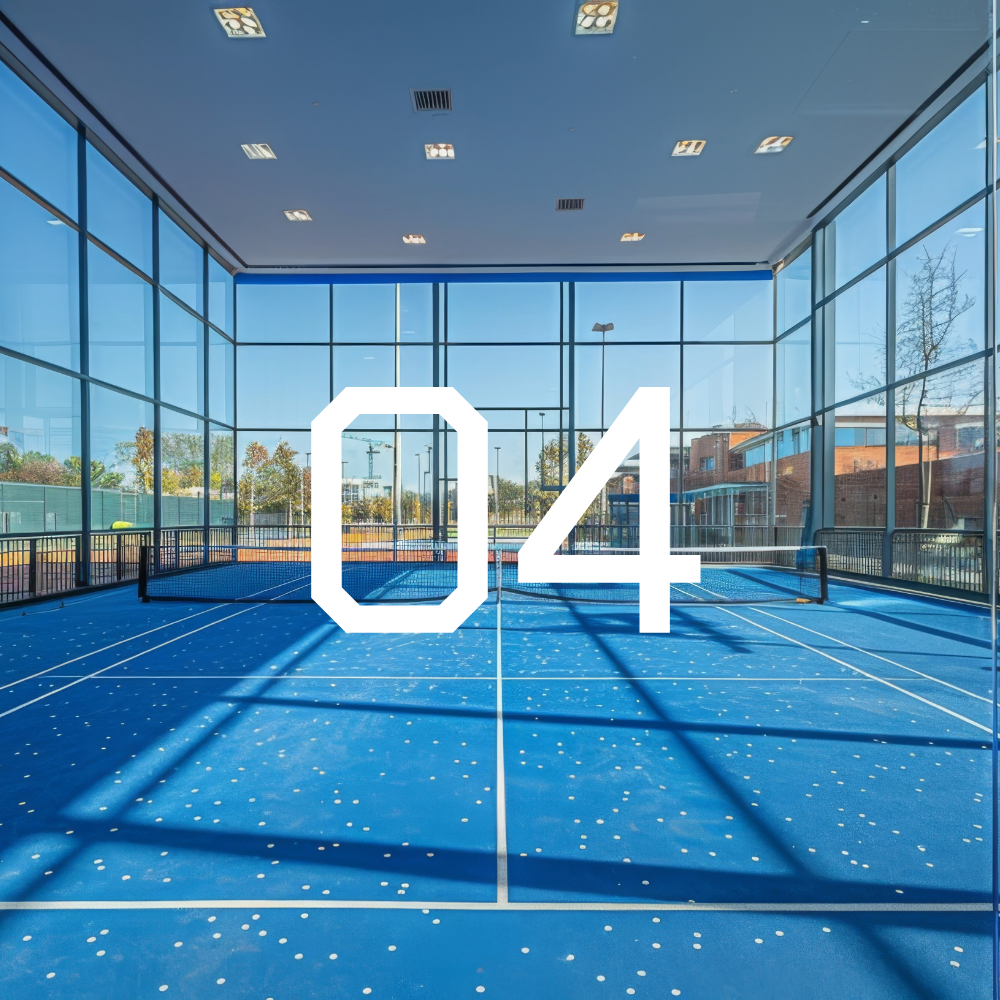
Choosing the Right Padel Racquet: Shapes, Carbon Grades, and What Suits You Best
If you’ve played padel long enough, you’ve probably realized that your racquet can make a huge difference to your game. With so many shapes, materials, and technologies out there, picking the right racquet can feel overwhelming. The good news? Once you understand the main variations—shape, balance, and carbon fiber composition—you’ll be able to match your racquet to your style of play.
Let’s break it down.
Racquet Shapes: Power vs Control vs Balance
Padel racquets come in three main shapes, each with distinct playing characteristics.
1. Round Shape – Control First
-
Sweet Spot: Large and centered.
-
Balance: Even or slightly head-light.
-
Best for: Beginners, defensive players, or anyone who values control.
Pros:
-
Forgiving on mishits.
-
Excellent maneuverability.
-
Great for building consistency.
Cons:
-
Less power on smashes.
-
Harder to finish points quickly.
2. Teardrop Shape – The All-Rounder
-
Sweet Spot: Slightly above center.
-
Balance: Medium to head-heavy.
-
Best for: Intermediate players seeking a balance of control and power.
Pros:
-
Versatile for both attack and defense.
-
Easy transition racquet as your game improves.
-
Good option if you don’t want to specialize.
Cons:
-
Not as powerful as a diamond shape.
-
Less forgiving than round racquets.
3. Diamond Shape – Power Weapon
-
Sweet Spot: High on the racquet face.
-
Balance: Head-heavy.
-
Best for: Advanced and aggressive players.
Pros:
-
Generates explosive power on smashes.
-
Perfect for players who dominate at the net.
-
Great for finishing points quickly.
Cons:
-
Smaller sweet spot—less forgiving.
-
Can feel heavy, reducing control for defensive play.
Carbon Fiber Grades: 3K, 12K, 18K and Beyond
Carbon fiber is the backbone of padel racquet construction. Different grades affect stiffness, durability, and feel.
Fiberglass (entry-level alternative)
-
Softer and more flexible than carbon.
-
Pros: Comfort, lower price, arm-friendly.
-
Cons: Less power and durability.
3K Carbon
-
Woven with 3,000 filaments per strand.
-
Pros: Durable, stiff, balanced mix of control and power.
-
Cons: Can feel rigid for beginners.
12K Carbon
-
12,000 filaments per strand—thinner, denser weave.
-
Pros: Stiffer and more powerful than 3K, crisp feel.
-
Cons: Demands good technique, less forgiving.
18K Carbon (and higher)
-
Ultra-fine weave with even more filaments.
-
Pros: Maximum stiffness, explosive power, professional-level performance.
-
Cons: High cost, minimal forgiveness, requires advanced skill.
Matching Racquet to Playing Style
-
Beginner / Casual Player: Round shape + fiberglass or 3K carbon → focus on comfort and forgiveness.
-
Intermediate All-Rounder: Teardrop + 3K or 12K carbon → balanced versatility.
-
Advanced Attacker: Diamond + 12K/18K carbon → power-focused, aggressive play.
-
Defensive Specialist: Round + higher flexibility (fiberglass or softer carbon) → better control and touch.
Final Thoughts
Your racquet isn’t just a piece of equipment—it’s an extension of your playing style. If you’re starting out, don’t rush into the most expensive, stiffest racquet you see. Instead, choose a shape and carbon grade that supports where your game is right now, while giving you room to grow.
The perfect racquet is the one that feels right in your hand, complements your strengths, and makes you want to step back on court again and again.

